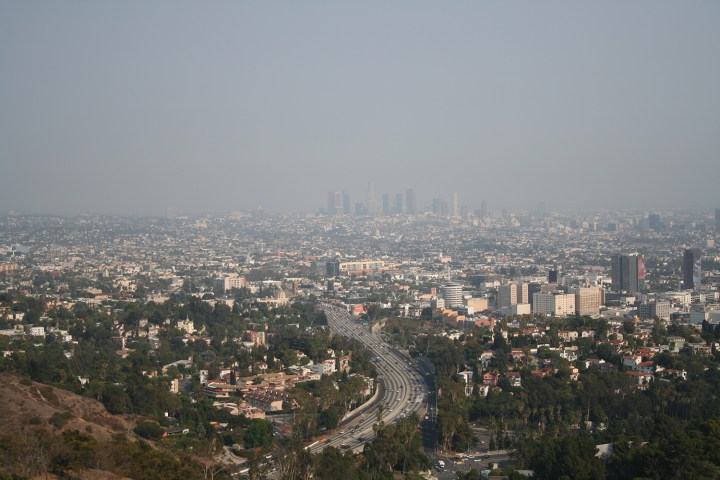
But what if these laws had never been enacted? How would American cities look if emissions were allowed to run rampant?
In a study funded by energy research firm Save on Energy, researchers have attempted to illustrate what major American cities might look like without federal measures to control air pollution. The results make a strong — if exaggerated — case for regulation.
“On a global scale, millions of people are dying and getting sick as a result of poor air quality.”
With the Chinese city of Xingtai as a baseline, the researchers used an equation to determine how air particles affect visibility. They added a smog filter to clear sky images of 10 of America’s most populated cities and adjusted the visibility effect based on population and potential pollution. Xingtai is one of the world’s most polluted cities so the images can be seen as worst-case scenarios.
Save on Energy researcher Emily Pierce explained the reasoning for using Xiangtai as a baseline. “There were assumption to be made about how much pollution would exist and what that could look like,” she told Digital Trends. “The biggest contributors to pollution are vehicle exhaust, factories, and mines. Some of our cities have more cars and some of our cities have more industrial produced pollutants, like Xingtai.”
The images are intended as support for regulations already enforced by the federal government but also as a sign to other nations about the importance of controlling emissions.
“Thankfully, the U.S. has been proactive in its approach to curbing atmospheric pollution,” Piece said. “However, on a global scale, millions of people are dying and getting sick as a result of poor air quality.”


